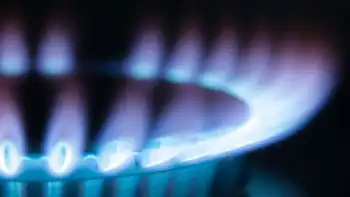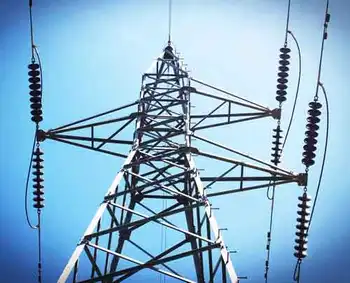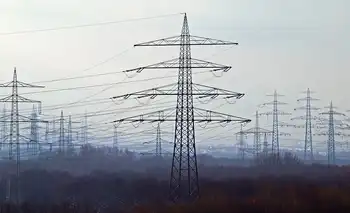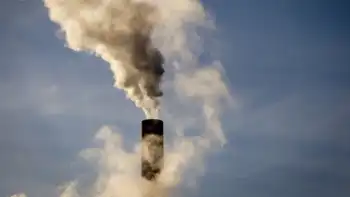New York can meet energy needs until 2018
By The Journal News
NFPA 70e Training
Our customized live online or in‑person group training can be delivered to your staff at your location.

- Live Online
- 6 hours Instructor-led
- Group Training Available
Those are the findings in a new report from the New York Independent System Operator, which operates the state's power grid.
The agency's assessment of the grid's needs for this year to 2018 is rosier than last year's projection, when the organization estimated there would be enough power to guarantee reliability only through 2011.
"The addition of new generation, New York State's implementation of energy-efficiency programs, and the growth of the demand-response programs are combining to enhance reliability resources," NYISO President Stephen G. Whitley said in a statement announcing the findings.
The report, the fourth of its kind since the agency began the projections in 2004, points to three areas of success:
- The grid has 1,700 megawatts of electricity proposed for construction, slightly less than what is produced by Indian Point's two nuclear reactors. Nearly half of that new power would be generated by wind.
- New York state's program to reduce electricity use by 15 percent by 2015 should cut overall peak load by about 5 percent.
- NYISO's program to get commercial users to voluntarily cut back during high-demand periods has seen significant growth, with participation up more than 50 percent from last year.
The agency, a not-for-profit corporation that began operating New York's electricity grid in 1999, administers the state's wholesale electricity markets and is responsible for ensuring overall grid reliability.
New York currently has 42,077 megawatts of generation and demand-side resources, with a peak load of 34,059 megawatts forecast for this year.
The peak load is predicted to rise by just under 5 percent by 2018, while the generation side of the equation should increase by just over 1 percent in the same period.
"Despite the 2009... assurance that there will be a reliable supply of electric energy to serve New York's consumers for the foreseeable future, our state still faces an array of emerging energy challenges," Whitley said. "New York must maintain and enhance an aging bulk power system, develop ways to relieve its reliance on expensive fossil fuels, and address crucial environmental concerns."
Three major issues confront New York's ability to meet growing electricity demand: environmental regulations that force less efficient plants to upgrade or close, the lack of money and acceptable locations to build new plants, and the loss of generating plants to expiring licenses or age.
The report notes that closing Indian Point's two reactors in 2013 and 2015, when their licenses expire, would change the projections.
"Retirement of both units would cause a severe shortage in resources needed to maintain bulk power-system reliability," the 105-page report says, "resulting in the probability of an involuntary interruption of load that is approximately 40 times higher than the reliability standard in 2018."
Controlling smog-causing emissions to meet tighter air-quality standards could also affect reliability.
The report said that if 25 percent of affected plants do not retrofit to meet the requirements, more than 3,000 megawatts of capacity would be lost and "reliability concerns could develop as early as 2009."
Jerry Connolly, a member of the industry group New York Affordable Reliable Electricity Alliance, said the report is a reminder of what could be a difficult future unless success comes quickly on a number of fronts.
"While New York is making some progress in addressing its formidable energy challenges, much more needs to be done," Connolly said. "These challenges are compounded by the fact that New York must reduce carbon and smog-causing emissions and that the pipeline for major new power-plant proposals is all but dry, as the Article X power plant siting statute expired at the end of 2002."
Whitley said the economic outlook now creates an additional hurdle for new plants, and if the state is not able to sustain conservation efforts, worries about reliable electricity will become more urgent.
"The NYISO will continue to monitor these and other relevant developments that could adversely impact the adequacy of the power system in the future," he said.











